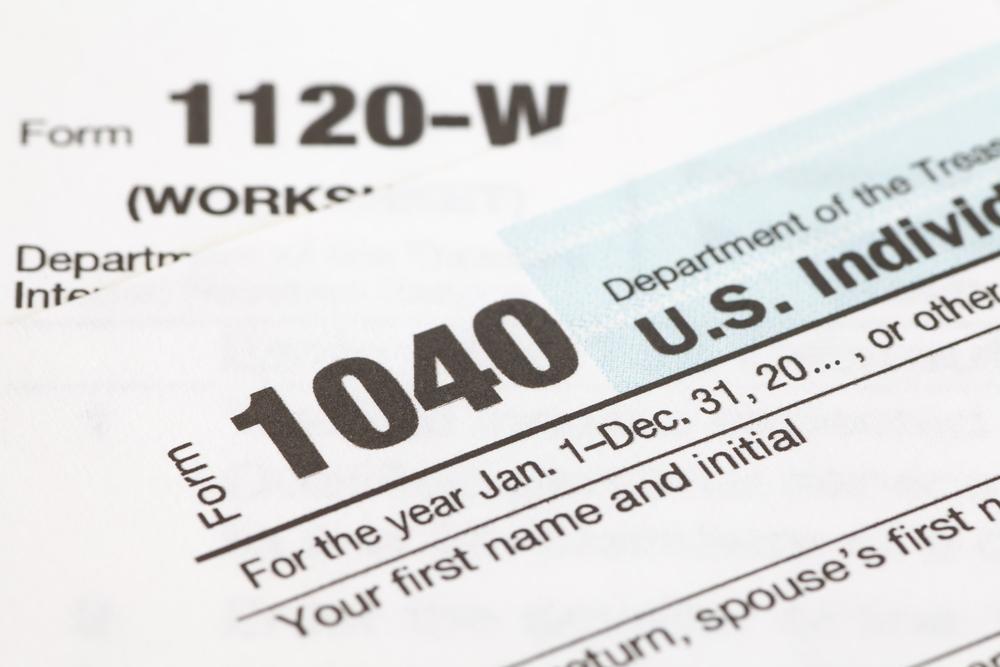17 May Tax Documentation: The Four Most Common Forms
The Four Most Common Forms For Tax Documentation
 For tax filers, one of the first steps of the process is making sure that you have the proper tax documentation for you and your family. Without the proper forms, any work you do in regard to taxes will be done in vain, so it’s important to understand what tax documentation you need for your individual situation.
For tax filers, one of the first steps of the process is making sure that you have the proper tax documentation for you and your family. Without the proper forms, any work you do in regard to taxes will be done in vain, so it’s important to understand what tax documentation you need for your individual situation.
Understanding the differences between each form is an important part of the filing process, and in today’s post, Jeff Pickering, CPA will look at the most common tax forms and help you understand which one you need to fill out next tax season.
Form W-2
A W-2 form is the most common piece of tax documentation because essentially everyone gets one. It shouldn’t, however, be confused for a way to file your taxes. Your employer will distribute W-2 forms to report how much you made that year if you earned more than $600. This form will also include the amount of taxes you paid, as well as Social Security and Medicare contributions.
Form 1040
Form 1040 is the most common form used for tax documentation in terms of filing. The 1040EZ form is its sibling form and is a shortcut, but only certain people can fill out a 1040EZ. Anybody can file using the 1040, and if any of the following distinctions are true of your status, you must file with a 1040:
- You have an Income of $100,000 or more
- You plan on itemizing your deductions as well as claim tax credits to income
- Your income includes business/farm income or self-employment income
Most people will wind up filing with a form 1040, but some will be able to use the shortcut.
Form 1040EZ
The 1040 is one of the longer tax forms while the 1040EZ is the shortest individual tax return form. However, to be able to fill out this form, you must meet several requirements. These include:
- Filing as single or jointly as married
- Not claiming any deductions or credits
- Not claiming any dependents
Essentially, if you make less than $100,000 per year, don’t claim any dependents, and file as single or married, you may be eligible to take this shortcut.
Form 1040A
The 1040A is the midsize vehicle of the tax form industry. Not quite as long as the 1040 but not as easy as the 1040EZ, the 1040A offers many benefits over the 1040 while not having as many requirements as the 1040EZ. If you qualify, filling out this form will be quicker than filling out the 1040 while also being processed faster. Here are some of the basic requirements for a 1040A:
- Your income totals less than $100,000
- Your deductions only include IRA contributions or educational contributions (loans, tuition, etc.)
- Your tax credits only include dependent, disabled, or elderly care as well as retirement contributions.
The requirements for this form are a bit more complex than listed here, so for complete details, visit the IRS website.
Contact Us Today For Tax Documentation Help
At Jeff Pickering, CPA, we want to help you with your tax documentation needs. Tax documentation can be confusing, and we don’t want you to get lost in the shuffle. Give us a call today at (972) 378-5200 or email us for more information.



